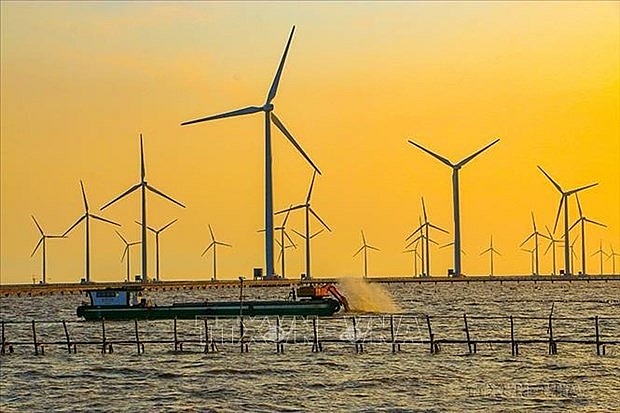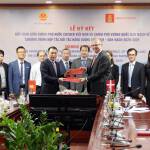
Vietnam is undergoing clean energy transition at an accelerating rate and is considered the leader of clean energy transition in Southeast Asia, Shubham Rai, a research intern in the Southeast Asia and Oceania Centre at Manohar Parrikar Institute for Defence Studies and Analyses (MP-IDSA), India, wrote in an article.
The article, entitled “Clean energy transitions in Vietnam: Opportunities and Challenges” recently published on the IDSA website, said Vietnam has Southeast Asia’s largest installed solar and wind power capacity, having surpassed Thailand in 2019. Vietnam has increased its solar and wind capacities in the last four years, with the share of solar power in electricity generation rising from practically nothing four years ago to 11% in 2021. The nation’s overall solar power capacity reached 16,500MW by 2020, much higher than its official target of 850MW. It has become the tenth biggest solar power generator in the world. While solar power has experienced the most significant growth, installed wind power capacity has also increased rapidly, reaching 600MW by the end of 2020, placing it second to Thailand among Southeast Asian nations. The country has huge potential for hydropower, which currently makes up 33% of the total energy generation.
According to the author, the Vietnamese Government implemented various plans and policies to exacerbate the process of clean energy transitions. Among the most notable policy incentives include the National Development Strategy, Feed-in Tariff (FiT) scheme and the National Development Power Plans.
The National Development Power Plan, the country’s primary energy outlook published once a decade, outlines how the country will generate energy. The recent plan, which came in 2021 and applicable till 2030, has prioritised the growth of renewables, particularly offshore wind energy. The plan provides a list of incentives to enhance clean energy transitions, like tax exemptions on raw materials imports, equipment, and finished clean energy products. Furthermore, it also lowered the interest rate for lending and investments in the renewable energy sector.
Other major policy incentives include the waiving or lowering of tax on leasing and land usage for solar and wind projects. Tariffs on imported goods required as inputs for installing solar power plants were also exempted. In last December, Vietnam established a 15.5 billion USD Just Energy Transition Partnership with foreign partners, including the UK, the US, the EU and Japan. The partnership aims to hasten the reduction of carbon emissions and boost the use of renewable energy. According to the Just Energy Transition Partnership Plan, Vietnam is expected to achieve peak emissions in 2030 and net zero emissions by 2050, with the aim to generate 60GW of renewable energy in 2030.
However, Vietnam’s energy systems are also frequently challenged by climatic hazards like typhoons and floods. In the past decade, Vietnam transitioned from an energy exporter to an energy importer, creating concerns for its energy security. For Vietnam to continue to lead Southeast Asia in sustainable energy, it must tackle these challenges effectively, it said.
(VNA)




